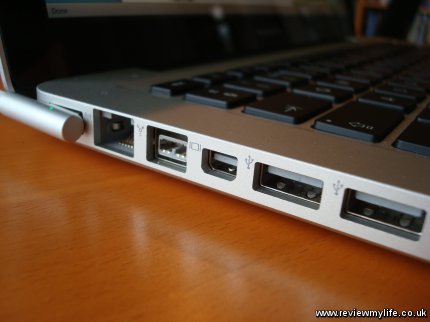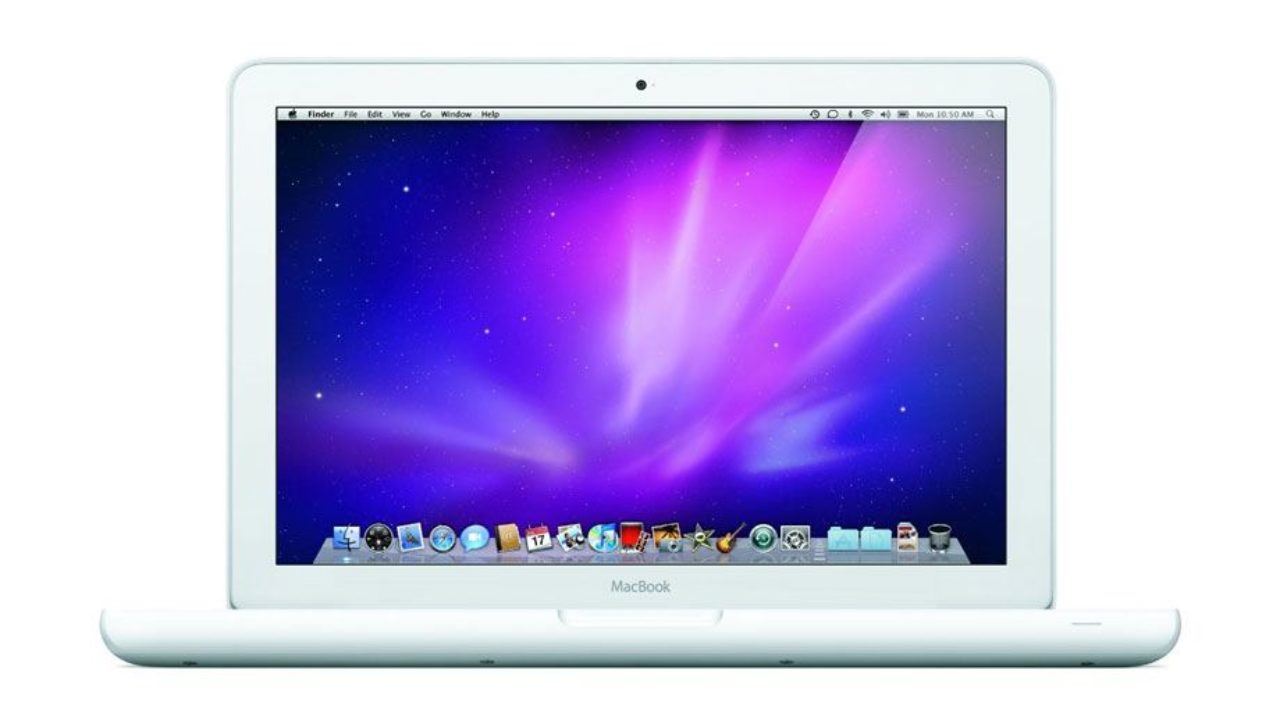
- Mid 2010 mac pro usb ports mac os x#
- Mid 2010 mac pro usb ports install#
- Mid 2010 mac pro usb ports upgrade#
- Mid 2010 mac pro usb ports pro#
Mid 2010 mac pro usb ports mac os x#
Mac OS X 10.8 Mountain Lion compatibility.Mac OS X 10.6 Snow Leopard compatibility.Requires Mac OS X 10.6.4 or later macOS 10.14 Mojave supported with a Metal-compatible graphics card.
Mid 2010 mac pro usb ports pro#
at $2,499 with one 3.2 GHz CPU, $3,799 with two 2.4 GHz CPUs replaced by Late 2013 Mac Pro
Mid 2010 mac pro usb ports install#
PowerPC Macs won’t let you install OS X to a USB drive or choose it as your startup volume, although there is a work around for that. Power PC Macs running any version of the Mac OS prior to 10.4.2 cannot mount GPT volumes. Both PowerPC and Intel Macs can boot from APM (Apple’s old partitioning scheme) hard drives, which is the format you must use to create a universal boot drive in Leopard. Only Macintel models can boot from GPT hard drives. Intel-based Macs use a partitioning scheme known as GPT. Be sure you only use a UPS with sine wave output to avoid reducing the life of your Mac Pro. The AC power coming into your home or office is a sine wave, but some UPSes generate a square wave when you are operating from battery power.

This is the oldest Mac Pro to officially support macOS Sierra.


This is the first Mac Pro model to require Mac OS X 10.6 Snow Leopard. There are no FireWire 400 ports FireWire 400 devices are supported using a FireWire 800-to-400 cable or adapter.
Mid 2010 mac pro usb ports upgrade#
And you can upgrade from Apple’s regular wired keyboard and Mighty Mouse to the wireless (Bluetooth) version.īluetooth 2.1+EDR is standard, but 802.11n AirPort Extreme remains optional.Ī headphone jack, two USB 2.0 ports, and two FireWire 800 ports are located on the front of the Mac Pro for easy access, and there are more ports on the back. If one 18x SuperDrive (the fastest yet in a Mac) isn’t enough, put in a second one for US$100 more. 3.0 specification had been finalized in May 2009! 2, even though the Early 2011 MacBook Pro models and the Mid 2011 iMac and Mac mini all supported 6.0 Gbps SATA Rev. Oddly, no “cheese grater” Mac Pro used anything faster than 3.0 Gbps SATA Rev. ATI Radeon HD 5870 is available as a build-to-order option. The single-CPU model is available at 2.8, 3.2, and 3.33 GHz, while the dual-CPU can be obtained at 2.4, 2.66, and 2.93 GHz.ĪTI Radeon HD 5770 with 1 GB of video memory is the standard graphics card, and you can add up to three more video cards. With two or four modules installed, it falls back to 2 channel mode, which is less efficient. For best performance, you should install memory in sets of three matching modules, as the CPU can access up to 3 channels of memory at once. There are two base 2010 models, a single-CPU Mac Pro that ships with 3 GB of RAM and supports up to 48 GB, and a dual-CPU Mac Pro that ships with 6 GB of RAM and supports up to 128 GB. These CPUs support HyperThreading, which means a quad-core CPU can work like an 8-core CPU, and Turbo Boost technology allows CPUs to dynamically overclock themselves when called on – so long as they don’t overheat.Īll that power doesn’t come cheap, and the least expensive Mac Pro configuration sells for $2,499.

The Mid 2012 Mac Pro is the same basic hardware but built around newer CPUs, including Bloomfield. Each core has its own 256 KB Level 2 (L2) cache, each quad-core CPU has an 8 GB 元 cache, and the 6-core CPUs have 12 MB 元 caches. It’s been over 15 months since Apple rolled out the 2009 Mac Pro, and the 2010 Mac Pro is yet another big step forward: every configuration uses quad-core Intel Xeon Nehalem or quad-core and even hex-core Westmere CPUs for even more power.


 0 kommentar(er)
0 kommentar(er)
